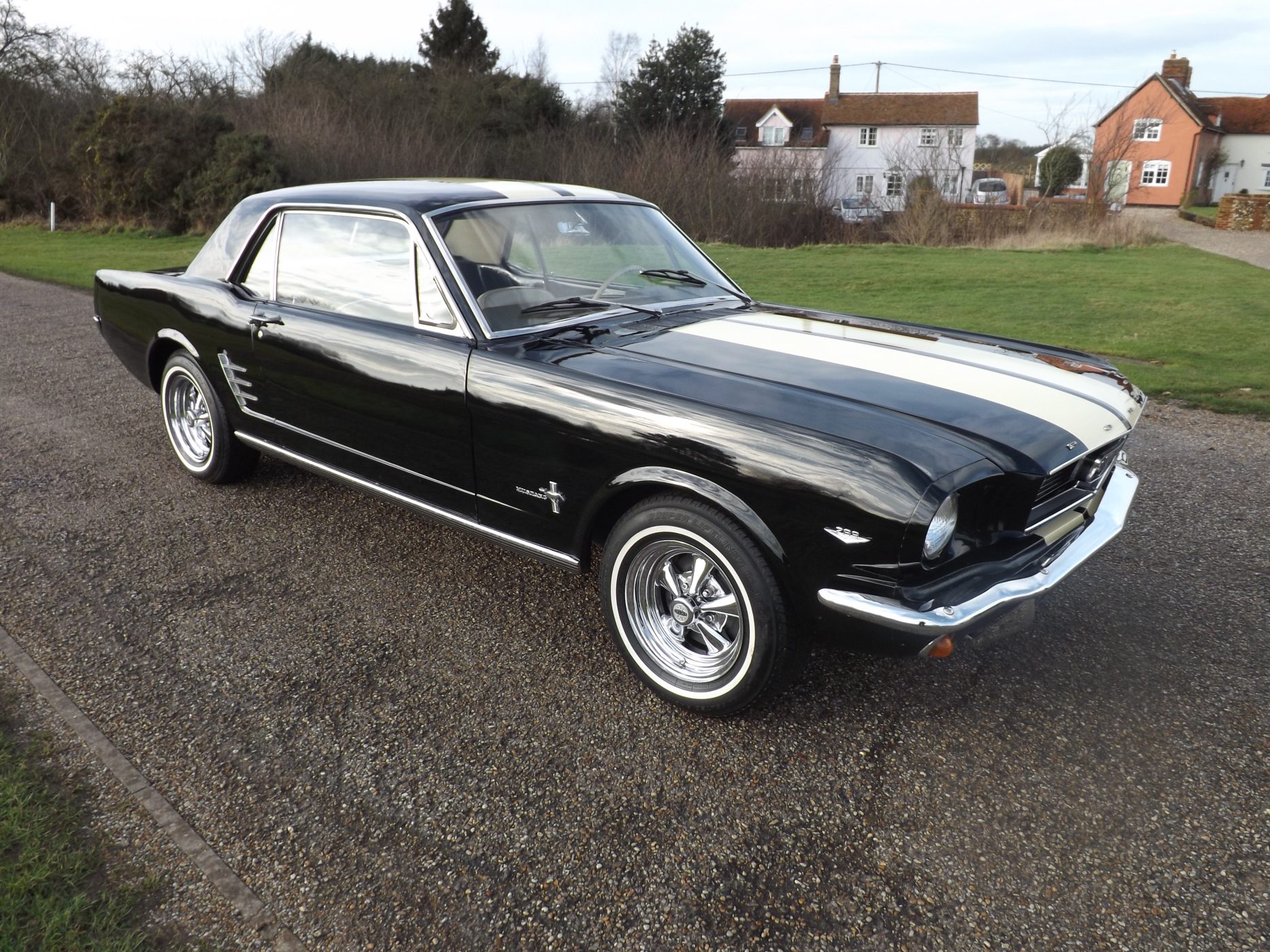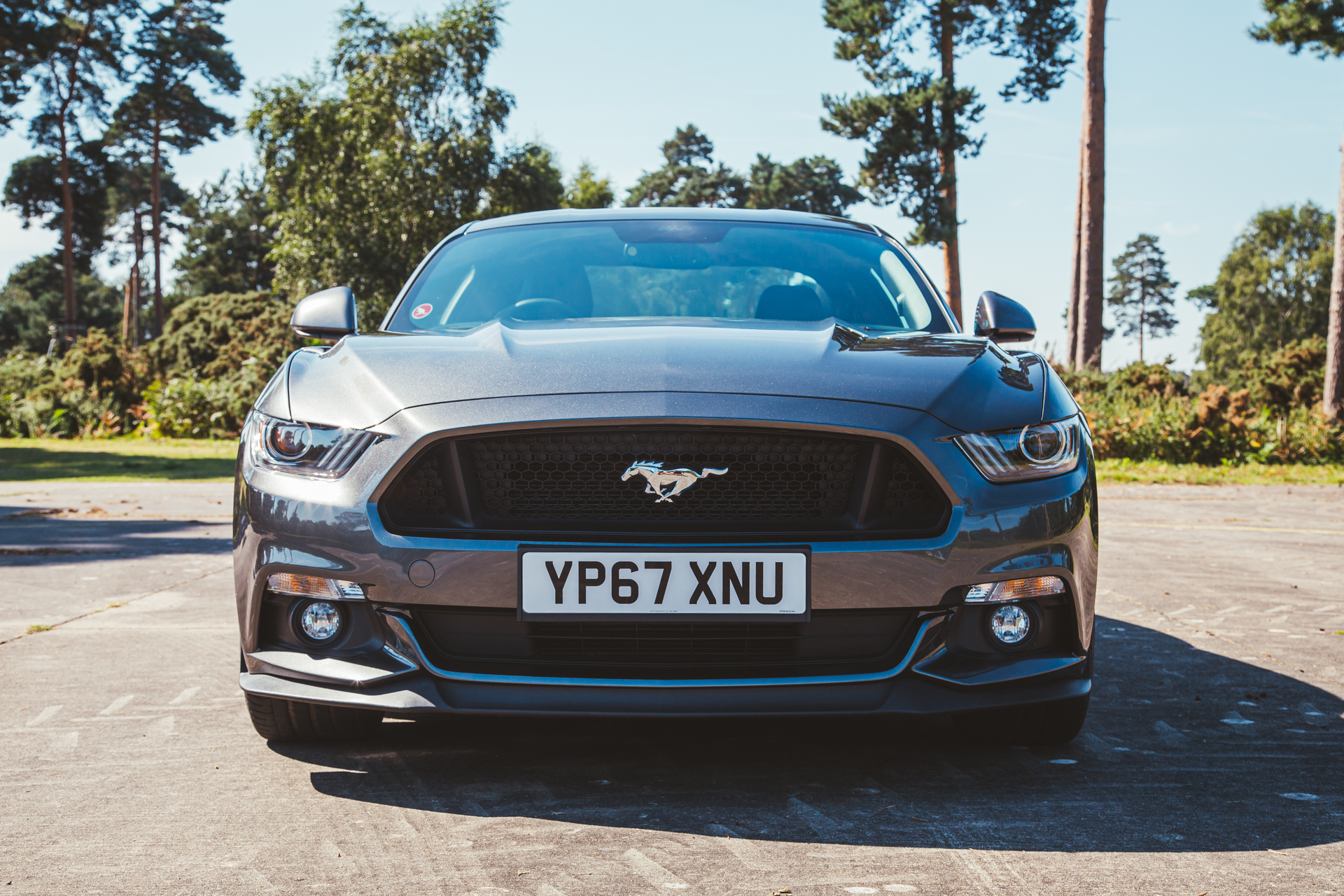The Ford Mustang has become something of an icon. With a consistent presence throughout automotive history, it has now taken its rightful place as a legend of American muscle and performance.
Birth Of A Legend
The story of the Ford Mustang began in April 1964, when Ford introduced it at the New York World’s Fair.
The original Mustang GT model was based on this first-generation Ford Mustang. This was a compact, sporty car designed to appeal to a new generation of consumers. The GT, short for “Grand Touring,” was an optional performance package that included a powerful V8 engine, sport-tuned suspension, and distinctive styling.
One of the most iconic early Mustang GTs was the 1965 Shelby GT350, a collaboration between Ford and Carroll Shelby. With a 289-cubic-inch V8 engine, it set the stage for the Mustang GT’s reputation as a performance powerhouse.




Golden Era
The 1970s saw the Mustang GT facing challenges due to changing emission regulations and the oil crisis. However, despite these setbacks, it remained a prominent display of American automotive muscle. In the late ’70s, the Mustang II was introduced, which was smaller and lighter but not as powerful as its predecessors.
The 1980s breathed new life into the Mustang with the introduction of the Fox Body Mustang. With options for both 4-cylinder and V8 engines, it offered performance at an affordable price.
The 1990s brought about the fourth-generation Mustang, known for its modern styling and improved handling. It featured a 5-litre V8 which produced 215bhp.




The 21st Century Revival
In 2005, Ford unleashed the fifth-generation Mustang, signalling a return to the car’s roots as a high-performance machine. With a retro-inspired design and a 4.6-litre V8 engine producing 300bhp, it quickly gained popularity. The 2011 Mustang GT upped the ante even more with a new 5-litre V8 which delivered 412bhp, making it one of the most powerful Mustangs in years.
The sixth-generation Mustang GT, introduced in 2015, featured a sleeker, more aerodynamic design and a 5-litre V8 engine with 435bhp. Ford continued to refine the Mustang GT’s performance and handling, making it a highly successful competitor in the sports car market.
In 2020, Ford unveiled the latest version of the Mustang GT, part of the seventh generation. With a choice of engines, including a 5-litre V8 and a 2.3-litre turbocharged four-cylinder, the Mustang GT offers a range of performance options to suit different tastes. The GT’s performance has been further enhanced with features like MagneRide suspension and advanced driver assistance technologies.




The Future of the Ford Mustang GT
The future of the automotive industry is far from clear, however, the Ford Mustang shows no signs of slowing down. With advancements in electric and hybrid technologies, Ford has introduced the Mustang Mach-E, an all-electric SUV that pays tribute to the Mustang’s legacy. The Mustang Mach-E GT, in particular, offers impressive performance and handling, showcasing Ford’s commitment to innovation and sustainability while staying true to its high-performance heritage.
From its launch in the 1960s to its status as an American automotive icon today, the Mustang GT has consistently represented power, performance, and passion on four wheels. With each new generation, the Mustang GT has evolved and adapted, proving that it can thrive in an ever-changing automotive industry.
Win Our 2017 Ford Mustang GT
Our 2017 Ford Mustang GT is currently live on the Bridge Classic Cars Competitions website. This means that you could own a big part of automotive history for just a few pounds.
Full details are here.
